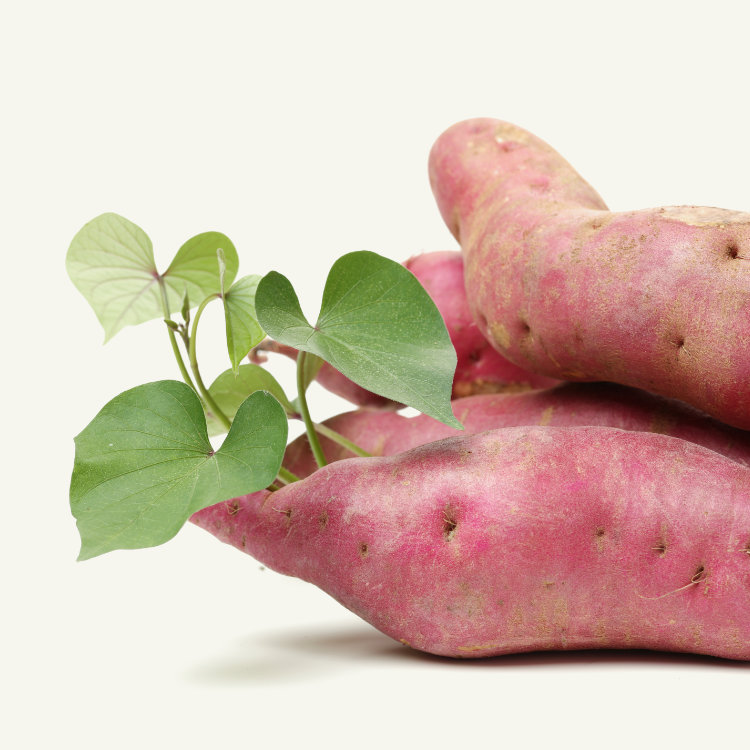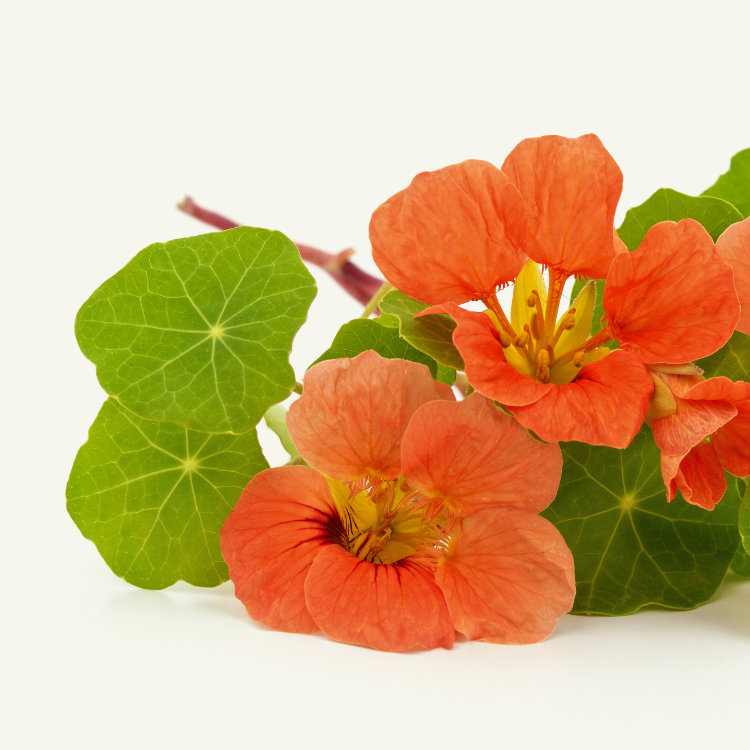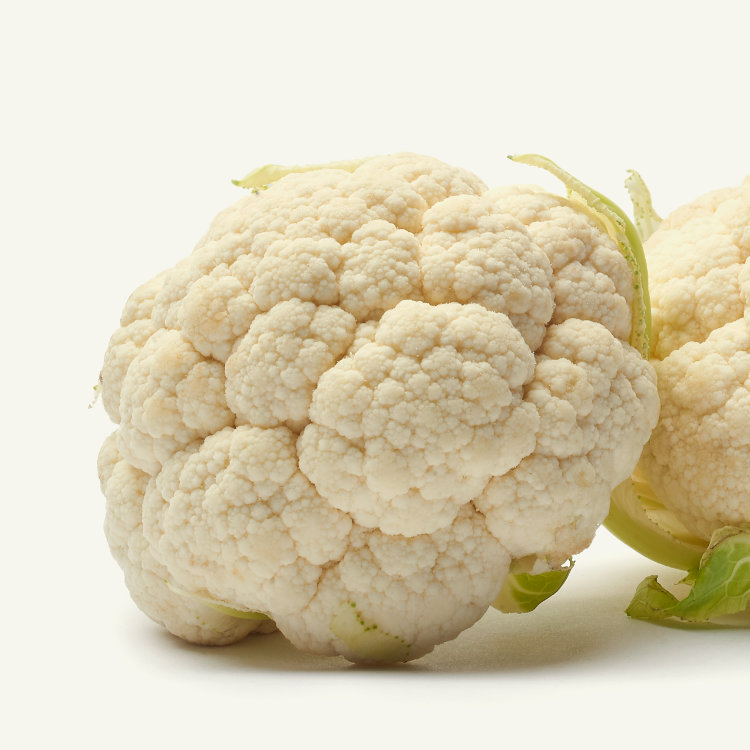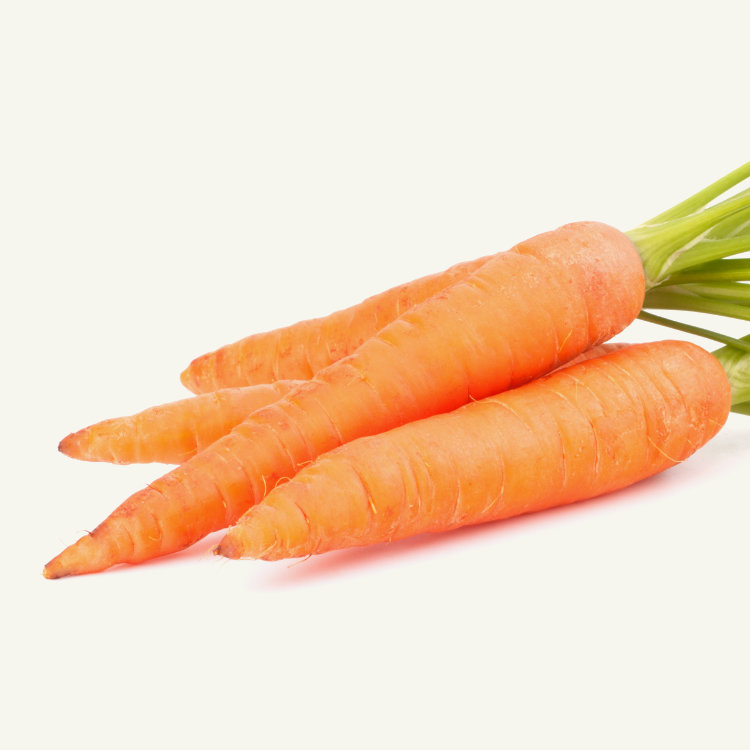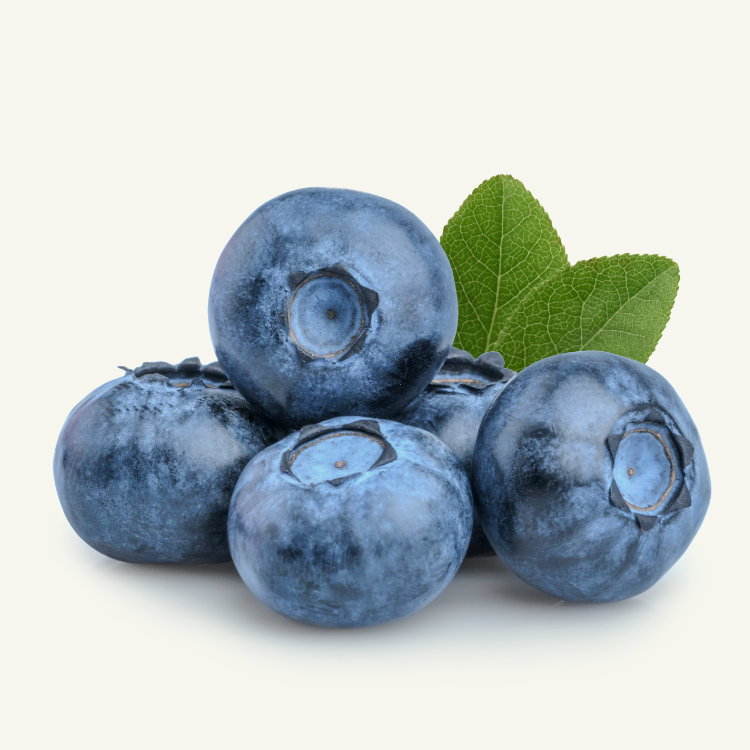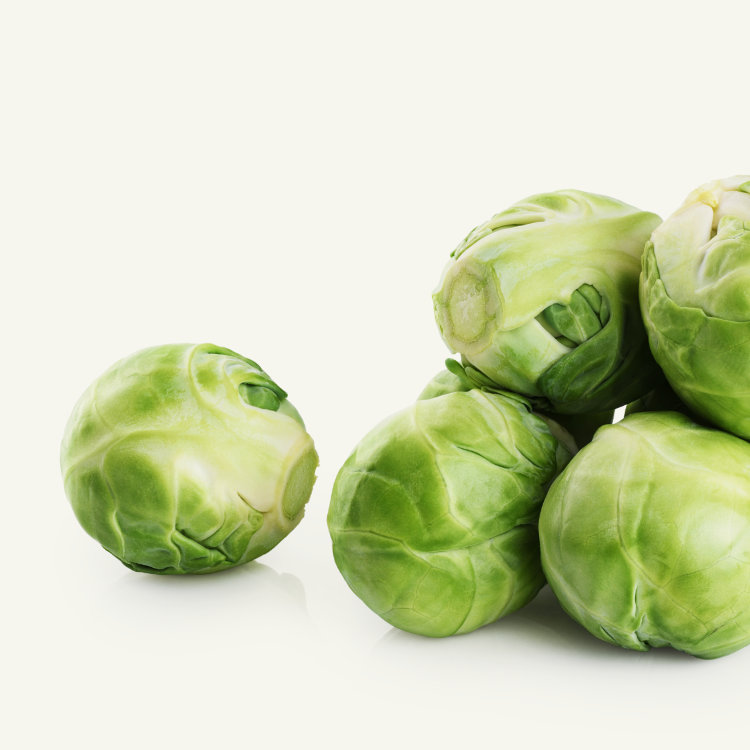Description
Sweet potato, Ipomoea batatas, is an herbaceous perennial vine usually grown as an annual crop mainly for its large, sweet-tasting tuberous edible roots.
Sweet potatoes do not tolerate frost. It grows best at an average temperature of 21–26°C (70–80°F), with abundant sunshine and warm nights. In several locations, the greenhouse is the only option for those who want to plant them.
Despite the name, sweet potatoes belong to a different family (Convolvulaceae) of the common potato. They are also less affected by pests and diseases.
Characteristics
Plant
Type
Herb, Vine
Life
Cycle
Annual
Perennial
Plant
Height
15–30 cm
(6–12 in)
Plant
Spread
1–2,5 m
(3,3–8,2 ft)
Biodynamic
Group
Root
Plants
Hardiness
Zones
USDA 3-11
RHS H7
Sweet potatoes greens (shoots and leaves) are also edible and can be used like spinach, fresh or cooked. The deep green leaves are the most nutritious.
Growing Conditions
Sunlight
Full sun
Water
Weekly or more
Soil
Sand, loam.
Fertilization
High (fortnightly)
PH
6.0 to 7.0
Culture Guide
Propagation
Cuttings “Slips”
Deep
10 cm
(4 inches)
Space
50 cm
(20 inches) between plants
Distance
50 cm
(20 inches) between rows
Calendar
JANUARY
FEBRUARY
MARCH
APRIL
MAY
JUNE
JULY
AUGUST
SEPTEMBER
OCTOBER
NOVEMBER
DECEMBER
Unfavourable. Sow/Plant Sow/Plant/Harvest. Harvest.
Sowing, planting, and harvesting times are region and hardiness zone-dependent. Please adjust dates according to country and crop used.
To know the best times for indoor seeding, outdoor sowing, planting, and harvest, please consult our gardening calendar.
Pairs
Companion planting is an excellent method to maximise space, improve pollination, deterring pests, prevent diseases, and improve growth.
Discover what crops can you use for better results, and the ones you should avoid.
Positive
Absinthe
Applemint
Dandelion
Pea
Garlic
Leek
Radish
Okra
Spinach
Nasturtium
Negative
Beet
Carrot
Celery
Aubergine
Cucumber
Tomato
Swiss Chard
Zucchini
Pests and Diseases
Sweet potatoes are easy to grow as long as they have the right conditions regarding light, temperature, and rich soil. They are very resistant to pests and diseases. The few problems they may have are easily preventable and controllable.
Most common are aphids, Alternaria leaf spot, stem blight, black rot, Colorado beetle, white grub, rust, nematodes, and whiteflies.
Prevention and Control
Prevention and control methods depend mostly on the pests and diseases affecting your plants. Weather, soil, and the surrounding environment can also promote or demote plant problems.
For the most common issues, you can use horsetail decoction, pyrethrum, neem oil, and Bacillus thuringiensis.
Nutrients
Energy
Carbohydrates
Water
Average nutrition values per 100 g. of edible portion.
Percentage of daily values based on a 2000 calorie diet.
Health Benefits
Of the many nutrients, sweet potatoes have, vitamin A is by far the one with the higher value. One single sweet potato can give you 400% of your daily needs!! Vitamin B6 and vitamin C have also relevant amounts. In terms of minerals, potassium, copper, and manganese are the ones whose values best fulfils your recommended daily needs.
Sweet potatoes earned the name “superfood” because of the amount of nutrients and health benefits they have. Some of the most notorious are the support of the immune system, cancer-fighting properties, promotes digestive health, help to stabilise blood sugar and helps to keep your heart healthy.
You may also like to know more about

